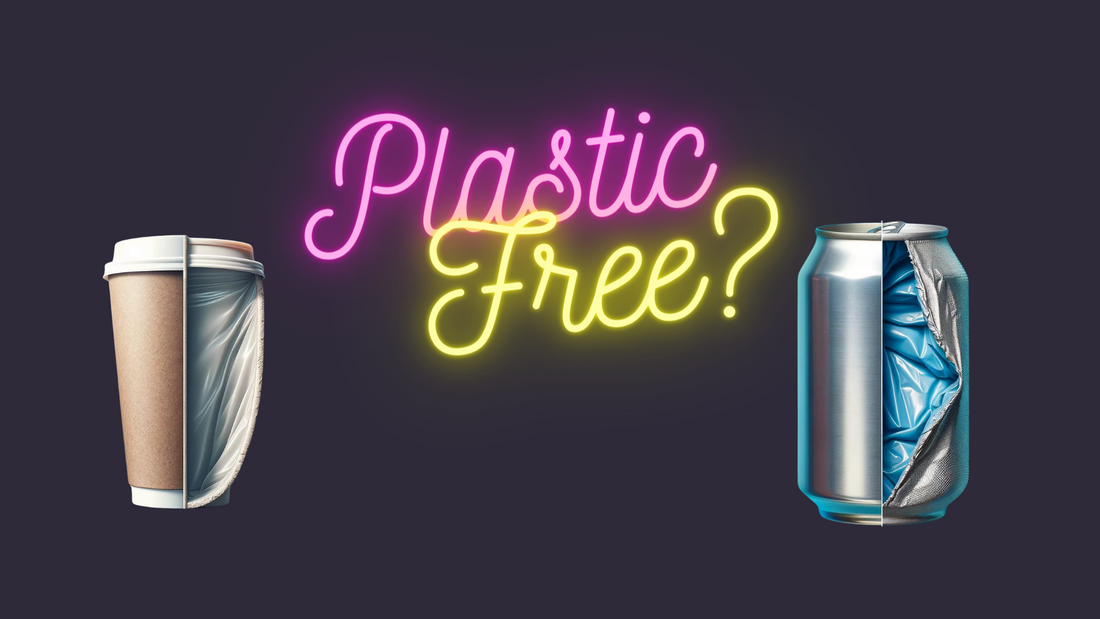
How to reduce your microplastics exposure
Share
In our modern world, escaping plastic seems like an insurmountable task. From the paper cups at Starbucks to the aluminum cans of La Croix sparkling water, plastic has woven itself into the fabric of our daily lives, often hidden in plain sight. This omnipresence of plastic has led to a staggering reality: microplastics are now found in the blood of nearly 80% of humans tested, infiltrating our food chain, water sources, and even the beauty products we use daily.
At the heart of our mission is a commitment to a plastic-free existence, a testament to the lengths we go to in order to safeguard our health and planet. Our approach is holistic, extending from the packaging of our products to our manufacturing processes. We opt for materials that stand the test of time and integrity: glass and metal over plastic, cardboard, kraft paper, and paper tape for packaging. These choices are not just about aesthetics; they're a stand against the microplastic tide threatening our ecosystems and health.
Reducing our plastic footprint is a shared responsibility. It starts with conscious consumer choices—favoring products with minimal to no plastic packaging, supporting businesses that prioritize sustainability, and adopting reusable alternatives for everyday items. It's about being mindful of the hidden plastics in our lives and seeking out alternatives that align with a healthier, more sustainable future.
The journey to minimize plastic exposure is complex and requires a collective effort. It's about pushing for systemic change, supporting policies that reduce plastic production, and improving recycling systems. Every step we take is a step towards a cleaner, plastic-free world. Our dedication to this cause is unwavering because the stakes couldn't be higher—for our health, our oceans, and future generations. Join us in making choices that matter. Together, we can turn the tide on plastic pollution.
